http://www.thepathmag.com/can-you-actually-hack-your-dna-to-slow-down-aging/
Many technologies / interventions progressing down the development pathways in the coming years — but there are a lot of free, common sense adjustments you can make today:

http://www.thepathmag.com/can-you-actually-hack-your-dna-to-slow-down-aging/
Many technologies / interventions progressing down the development pathways in the coming years — but there are a lot of free, common sense adjustments you can make today:

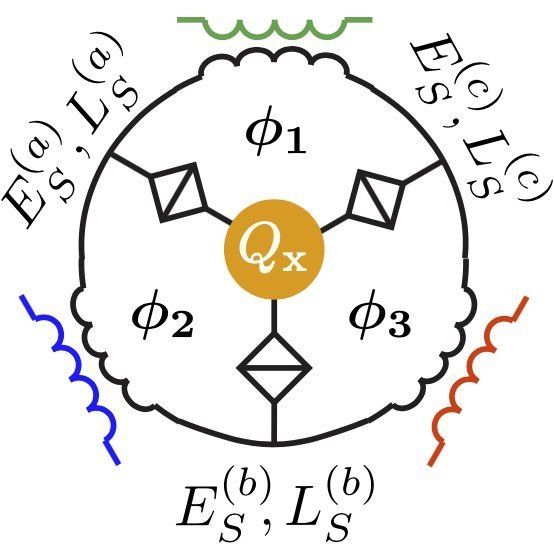
It was a good week for physics as a team with members from Australia and Switzerland invented a flux capacitor able to break time-reversal symmetry. They proposed a device based on quantum tunneling of magnetic flux around a capacitor. And another team with members from across the U.S. reported on a gravitational wave event that likely signaled the creation of a black hole—the merger of two neutron stars.
In biology news, a team of engineers led by Sinisa Vukelic invented a noninvasive technique to correct vision. Like LASIK, it uses lasers but is non-surgical and has few side-effects. And an international team of researchers found what they describe as the mother of all lizards in the Italian Alps, the oldest known lizard fossil, from approximately 240 million years ago. Also, a team at the University of Sydney found that walking faster could make you live longer. People do not even need to walk more, the team reported, they just need to pick up the pace of their normal stride to see an improvement in several health factors. And a team from Cal Poly Pomona discovered how microbes survive clean rooms and contaminate spacecraft—and it involved the cleaning agents themselves.
In other news, a team of researchers from the University of California and the University of Southern Queensland announced that they had identified 121 giant planets that may have habitable moons. And a team at Stanford University found that wars and clan structure might explain a strange biological event that occurred 7,000 years ago—male genetic diversity appeared to collapse for a time. Also, a team of researchers from MIT and Harvard University report the development of a 3D printer that can print data sets as physical objects—offering far more realistic, nearly true-color renderings.
8 Amazing CRISPR gene editing projects that could change life as we know it.
Since it burst onto the scene a decade ago, CRISPR-Cas9 has shaken the field of genetics to its core. Offering a new genomic editing tool that’s faster, cheaper and more accurate than previous approaches, it opens up an astonishing breadth of possible applications.
From saving lives to potentially rescuing coral reefs, here are eight examples of exciting CRISPR projects that showcase just why this gene-editing tech has everyone talking.
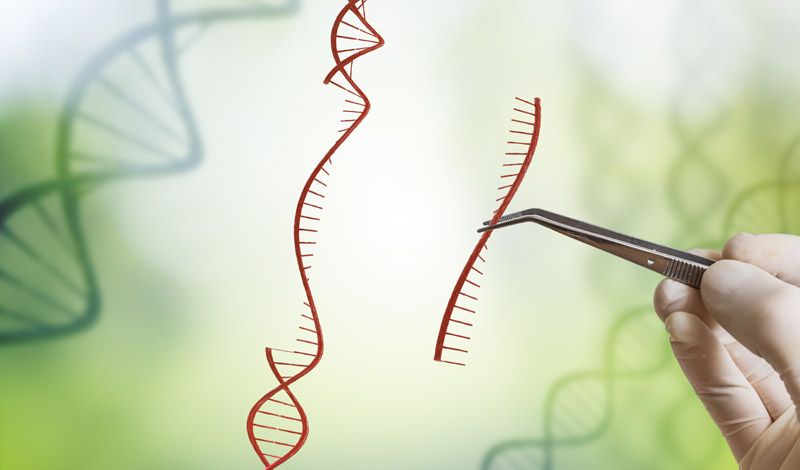
Scientists from Purdue University and the Chinese Academy of Sciences report the use of CRISPR/Cas9 to develop a variety of rice producing 25–31% more grain than traditional breeding methods.
The team, led by Jian-Kang Zhu, a distinguished professor in the Department of Horticulture and Landscape Architecture at Purdue and director of the Shanghai Center for Plant Stress Biology at the Chinese Academy of Sciences, made mutations to 13 genes associated with the plant hormone abscisic acid – known to play roles in plant stress tolerance and suppression of growth. Of several varieties created, one produced a plant that had little change in stress tolerance but produced 25% more grain in a field test in Shanghai, China, and 31% more in a field test conducted on China’s Hainan Island.
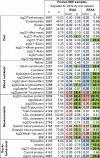
Aging (Albany NY). 2017 Feb 14;9:419–446. doi: 10.18632/aging.101168.
Quach A, Levine ME, Tanaka T, Lu AT, Chen BH, Ferrucci L, Ritz B3 Bandinelli S, Neuhouser ML, Beasley JM, Snetselaar L, Wallace RB, Tsao PS9,10, Absher D11, Assimes TL, Stewart JD12, Li Y13,14, Hou L15,16, Baccarelli AA17, Whitsel EA12,18, Horvath S1,19.
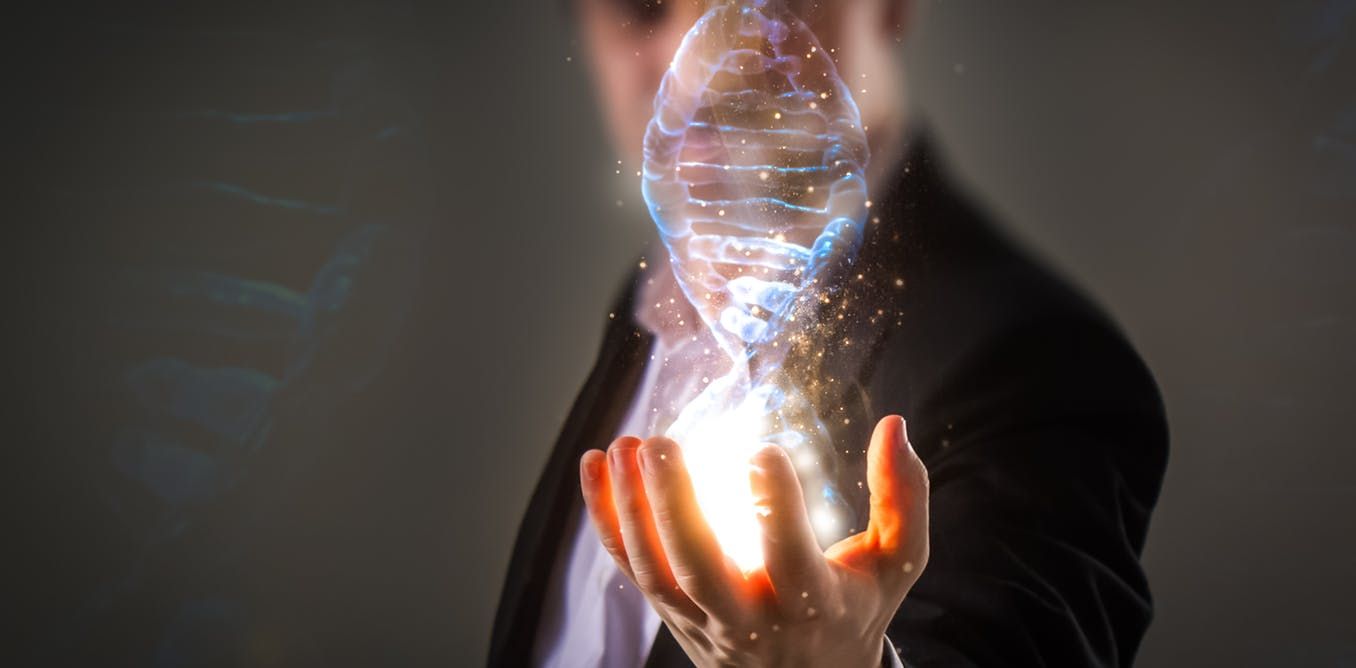

But if robots kill weeds, who will spray Roundup on everything.
AI-powered weed hunters could soon reduce the need for herbicides and genetically modified crops.
How it’s done now: Current farming methods involve spraying large amounts of indiscriminate weed killer over fields full of crops that have been genetically tweaked (usually by the same company that makes the weed killer) to resist the chemicals. The pesticide and seed industry is enormous, worth $100 billion globally. Of that, herbicide sales alone account for $26 billion.
The future: Robots like the one created by ecoRobotix (shown above) will be able to roll through fields, using computer vision to target and spray individual weeds as they go. EcoRobotix claims its robo-brigade will decrease total herbicide use by a factor of 20. You might even be able to get a smaller Roomba-esque version for your home garden.
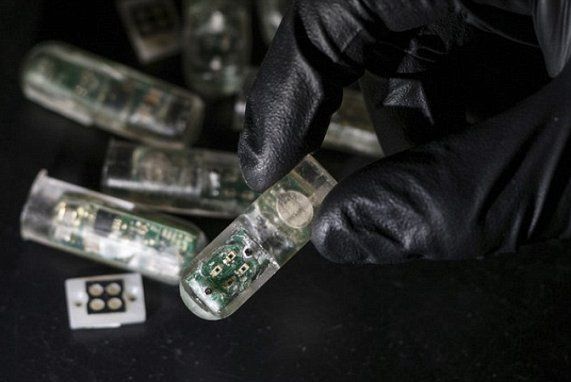
Unlike other ingestible chips, this new version by MIT contains millions of genetically engineered living cells to act as sensors, designed to light up when they detect bleeding.
It’s the latest advance in a growing field of sensors that can be swallowed or worn to monitor our health.
Pills equipped with cameras, thermometers and acidity gauges already look for disease and track digestion.
